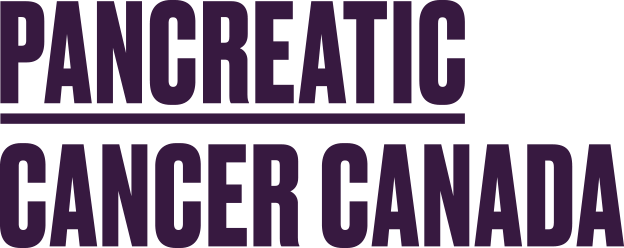Surgery
Surgery is the best option for people whose cancer can be safely and effectively removed. This usually means that the tumour has not grown into any of the major blood vessels located near the pancreas or spread to surrounding structures. The type of surgery will depend on the location of the tumour in the pancreas. Whether a patient is eligible for surgical treatment depends on a variety of factors such as the stage of the disease, personal health, and the ability to tolerate a major operation, including prolonged anesthesia.
Pancreatic resection, a surgery to remove tissue or part or all of the pancreas is a major, demanding operation on both the patient and the surgical team. It is important to discuss the benefits, risks, and potential complications of surgery with an experienced pancreatic surgeon before deciding upon surgery as the preferred course of treatment. Given the complexity of the surgery, it is ideal if the pancreatic cancer surgery can be performed in a centre that is experienced and does a high volume of these types of surgeries.
More information on Canadian high-volume centres can be found here.

Pancreaticoduodenectomy (Whipple Procedure)
The Whipple procedure is the most commonly performed surgery to remove tumours in the pancreas. In a standard Whipple procedure, the surgeon removes the head of the pancreas, the gallbladder, part of the duodenum (uppermost portion of the small intestine), a small portion of the stomach called the antrum, and the lymph nodes near the head of the pancreas. The surgeon then reconnects the remaining pancreas and digestive organs so that pancreatic digestive enzymes, bile, and stomach contents will flow into the small intestine during digestion.
Total Pancreatectomy
A total pancreatectomy involves the removal of the entire pancreas, gallbladder, common bile duct, portions of the small intestine and sometimes the spleen and lower part of your stomach. By removing the pancreas, the chance of removing the entire tumour is increased. Unfortunately, a total pancreatectomy leaves the patient unable to produce pancreatic enzymes for digestion and insulin to control blood glucose levels. The patient will be required to take supplemental enzymes and insulin for the remainder of their life. Sometimes, an islet cell transplant can be performed to allow the body to continue to produce insulin.
Distal Pancreatectomy
A distal pancreatectomy involves the removal of the tail of the pancreas and sometimes part of the body of the pancreas. This procedure can also involve the removal of the spleen as it is closely connected to the tail of the pancreas.
Palliative Intent Surgery
Palliative intent surgery is sometimes recommended to alleviate distressing symptoms and make the patient more comfortable. In particular, tumours blocking the bile duct can cause symptoms such as jaundice, itching, nausea, and bowel problems. Common options for these procedures include:
Stent implant – having a small tube (called a stent) fitted inside the bile duct helps to open the duct and help to improve symptoms.
Biliary bypass – when a blockage cannot be opened with a stent, another method to relieve the blockage of the bile duct is to cut the duct above the blockage and rejoin it to the intestine. After the surgery, bile will bypass all or part of your bile duct and drain into the intestine.
Learn More

316-4211 Yonge Street
Toronto, ON M2P 2A9
Toll Free: 1-888-726-2269
info@pancreaticcancercanada.ca
Charitable Registration Number 84870 1967 RR0001
